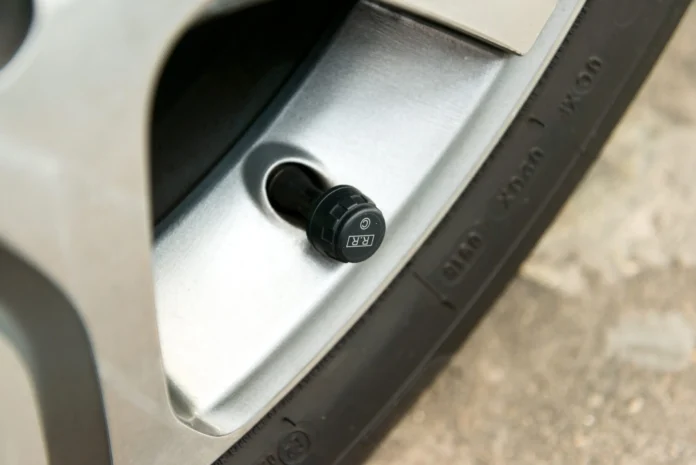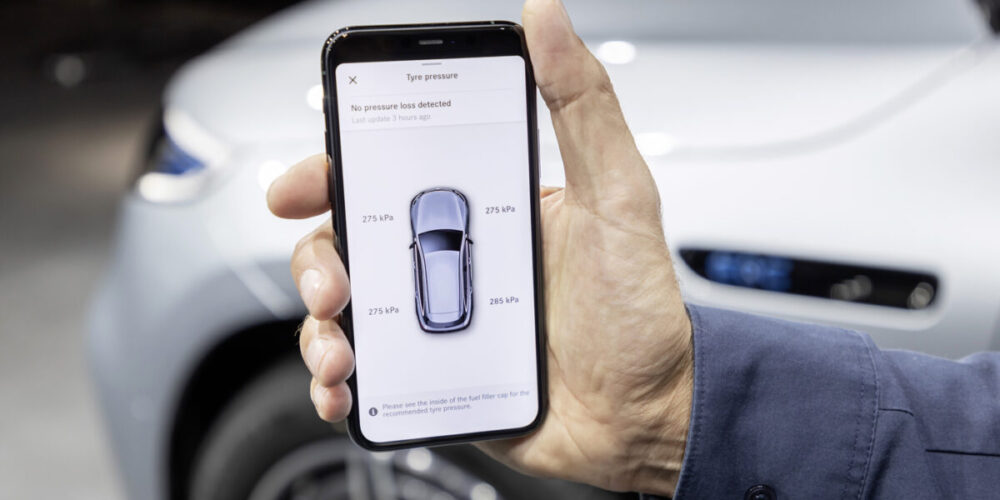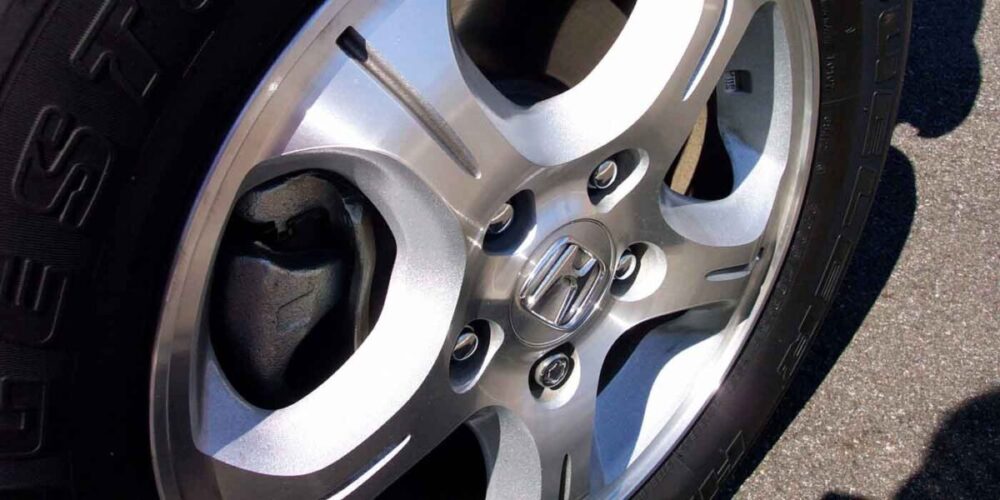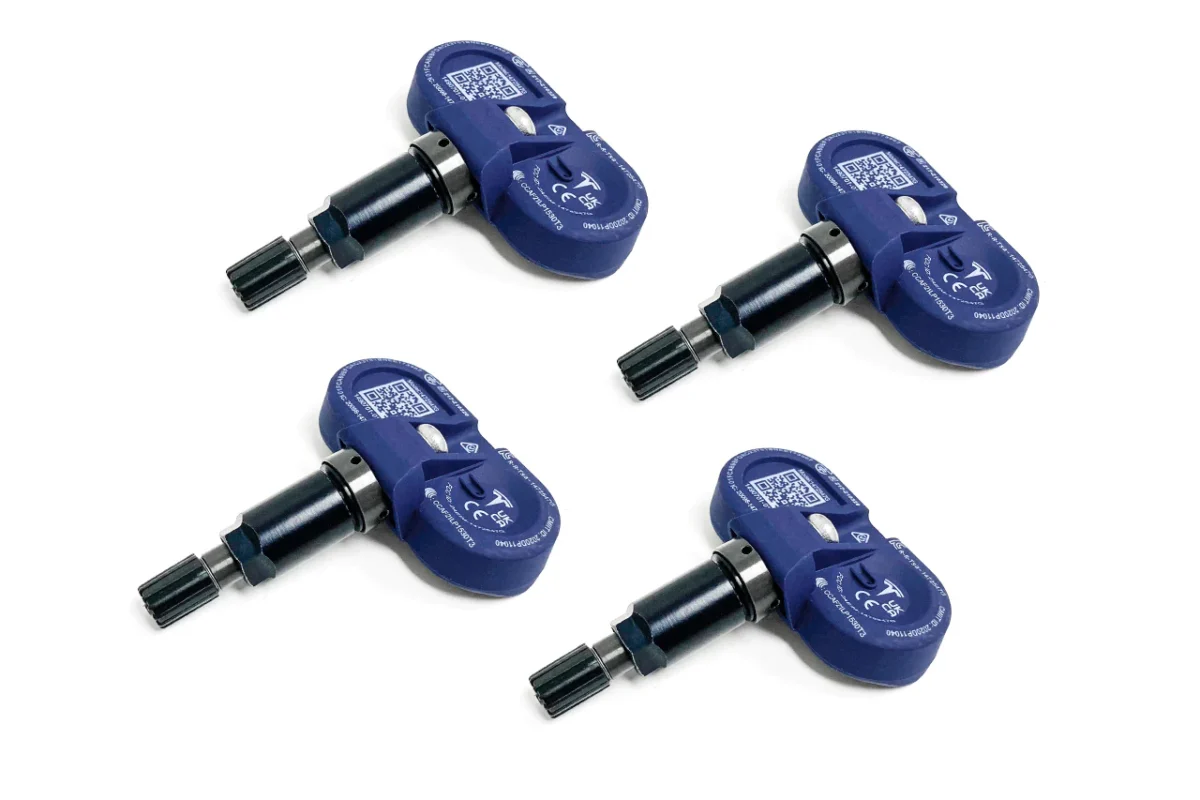
Maintaining proper tire pressure is crucial for the safety and performance of a vehicle. The Tire Pressure Monitoring System (TPMS) plays a vital role in ensuring that tire pressure is at an optimal level. There are two primary types of TPMS: direct and indirect systems. In this article, we will explore the differences between these two systems, their advantages, and disadvantages, and help you make an informed decision on choosing the right TPMS for your vehicle. If you want to learn more about TPMS systems, go to the website for detailed information.
Direct TPMS
Direct TPMS is a system that directly measures the pressure in each tire of the vehicle. It utilizes sensors mounted on the tire valves or integrated into the tire assembly. These sensors provide real-time readings of tire pressure, allowing drivers to monitor their tire conditions accurately.
Components of a direct TPMS include the tire sensors, receiver, and dashboard display. The tire sensors are responsible for measuring the tire pressure and transmitting the data to the receiver. The receiver processes the information and displays it on the dashboard, alerting the driver if the pressure falls below the recommended threshold.
Advantages of direct TPMS:
- Accurate tire pressure readings: Direct TPMS provides precise and reliable readings, ensuring that you have an accurate understanding of your tire pressure at all times.
- Real-time monitoring: With direct TPMS, you can monitor your tire pressure in real time, allowing you to take immediate action if there is a drop in pressure.
- Individual tire pressure measurement: Direct TPMS measures the pressure in each tire individually, allowing you to identify specific tires that may require attention or have a slow leak.
Disadvantages of direct TPMS:
- Higher cost: Direct TPMS systems tend to be more expensive due to the cost of sensors and the additional components required for installation.
- Potential sensor issues: The tire sensors in direct TPMS systems are exposed to harsh conditions and can be prone to damage or malfunction. Replacing or repairing these sensors can be costly.
Indirect TPMS

Indirect TPMS, on the other hand, does not rely on individual sensors to measure tire pressure. Instead, it uses the vehicle’s Anti-lock Braking System (ABS) to indirectly monitor tire pressure. This system calculates tire pressure based on the rotational speed of the tires.
How indirect TPMS measures tire pressure: Indirect TPMS compares the rotational speed of the tires by analyzing the signals from the ABS wheel speed sensors. If there is a significant difference in the rotational speed of one tire compared to the others, it indicates a potential decrease in tire pressure.
Advantages of indirect TPMS:
- Lower cost: Indirect TPMS systems are generally less expensive since they do not require individual tire sensors.
- Simpler installation: Indirect TPMS installation is usually simpler and less time-consuming compared to direct TPMS, as it does not involve mounting sensors on each tire.
- No sensor maintenance: Since indirect TPMS does not use individual sensors, there is no need for regular maintenance or replacement of sensors.
Disadvantages of indirect TPMS:
- Less accurate than direct TPMS: Indirect TPMS provides estimations of tire pressure based on the rotational speed of the tires. It may not provide the same level of accuracy as direct TPMS.
- Slower response time: Indirect TPMS may have a slower response time compared to direct TPMS since it relies on changes in rotational speed to detect pressure changes.
- Inability to measure individual tire pressure: Indirect TPMS cannot measure the pressure of each tire individually, which may limit the ability to identify specific tire issues.
Comparison between direct and indirect TPMS

When deciding between direct and indirect TPMS, several factors should be considered:
- Accuracy: Direct TPMS provides more accurate and precise readings compared to indirect TPMS.
- Real-time monitoring: Direct TPMS offers real-time monitoring, while indirect TPMS may have a slight delay in detecting pressure changes.
- Individual tire pressure measurement: Direct TPMS allows you to monitor each tire’s pressure individually, which can help identify specific tire issues. Indirect TPMS provides a general estimation of pressure but cannot pinpoint individual tire problems.
- Cost: Indirect TPMS systems are generally more cost-effective than direct TPMS systems.
- Installation and maintenance: Indirect TPMS systems are easier to install and do not require sensor maintenance. Direct TPMS systems may require more installation effort and periodic sensor maintenance.
- Response time: Direct TPMS has a faster response time in detecting pressure changes compared to indirect TPMS.
Choosing the right TPMS for your vehicle
When choosing a TPMS for your vehicle, consider the following factors:
- Budget: Determine your budget and weigh the cost differences between direct and indirect TPMS.
- Desired level of accuracy: If accurate and precise tire pressure readings are crucial to you, direct TPMS is the better choice.
- Tire maintenance preferences: Consider whether you prefer the convenience of monitoring individual tire pressure or if a general estimation is sufficient for your needs.
Examples of suitable scenarios for each type of TPMS:
- Direct TPMS: Vehicles where precise tire pressure readings are critical, such as high-performance cars or commercial vehicles frequently carry heavy loads.
- Indirect TPMS: Everyday passenger vehicles where general pressure estimations are sufficient, and cost-effectiveness is a priority.

Conclusion
Choosing the right TPMS system is essential for maintaining optimal tire pressure and promoting road safety. Direct TPMS offers accurate real-time monitoring and individual tire pressure measurements, but it comes at a higher cost and requires sensor maintenance. Indirect TPMS provides a more cost-effective solution with simpler installation but sacrifices some accuracy and individual tire pressure monitoring. Consider your budget, desired level of accuracy, and tire maintenance preferences when selecting the TPMS that best suits your vehicle. Remember, a properly functioning TPMS can greatly enhance your driving experience and contribute to safer road conditions.








